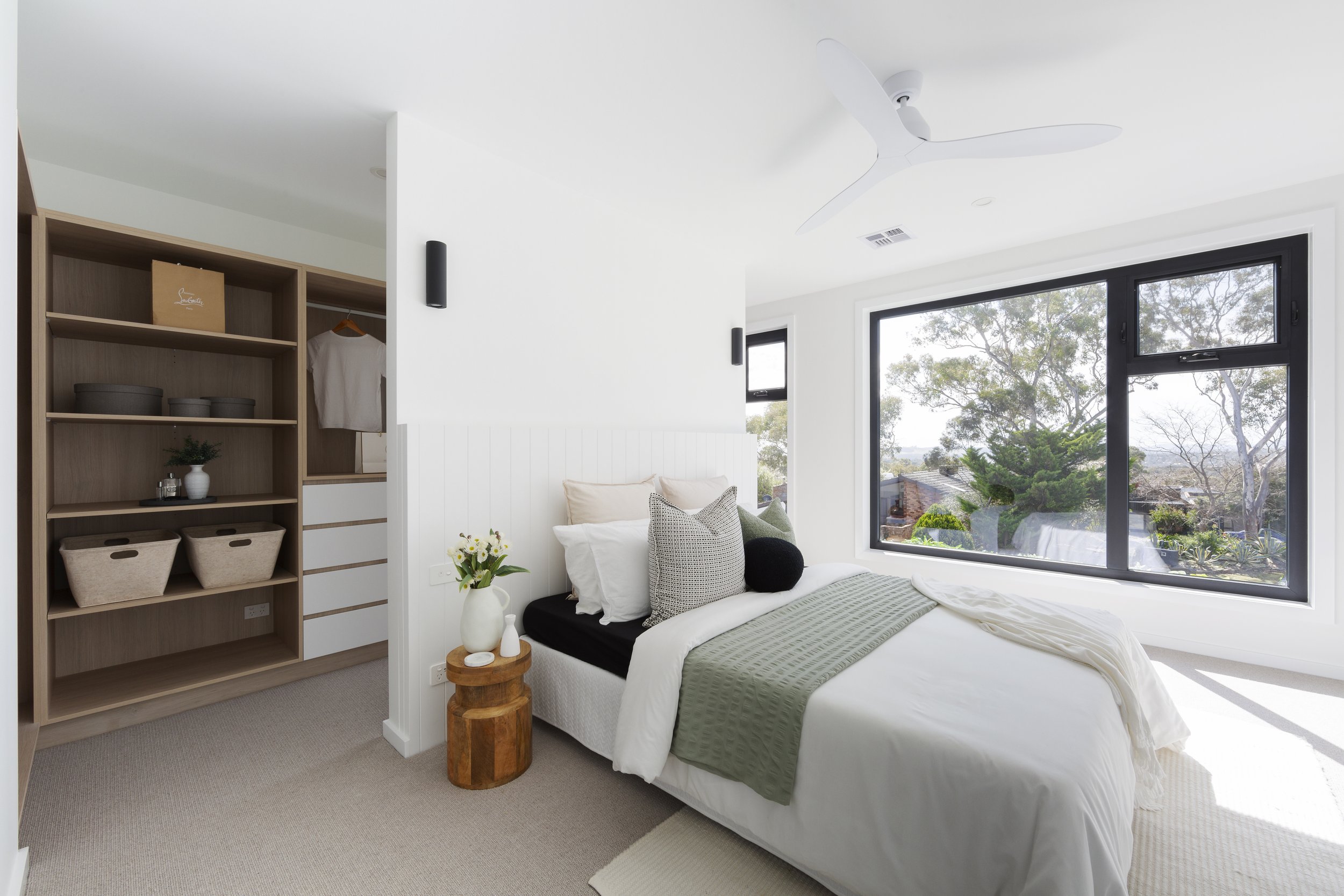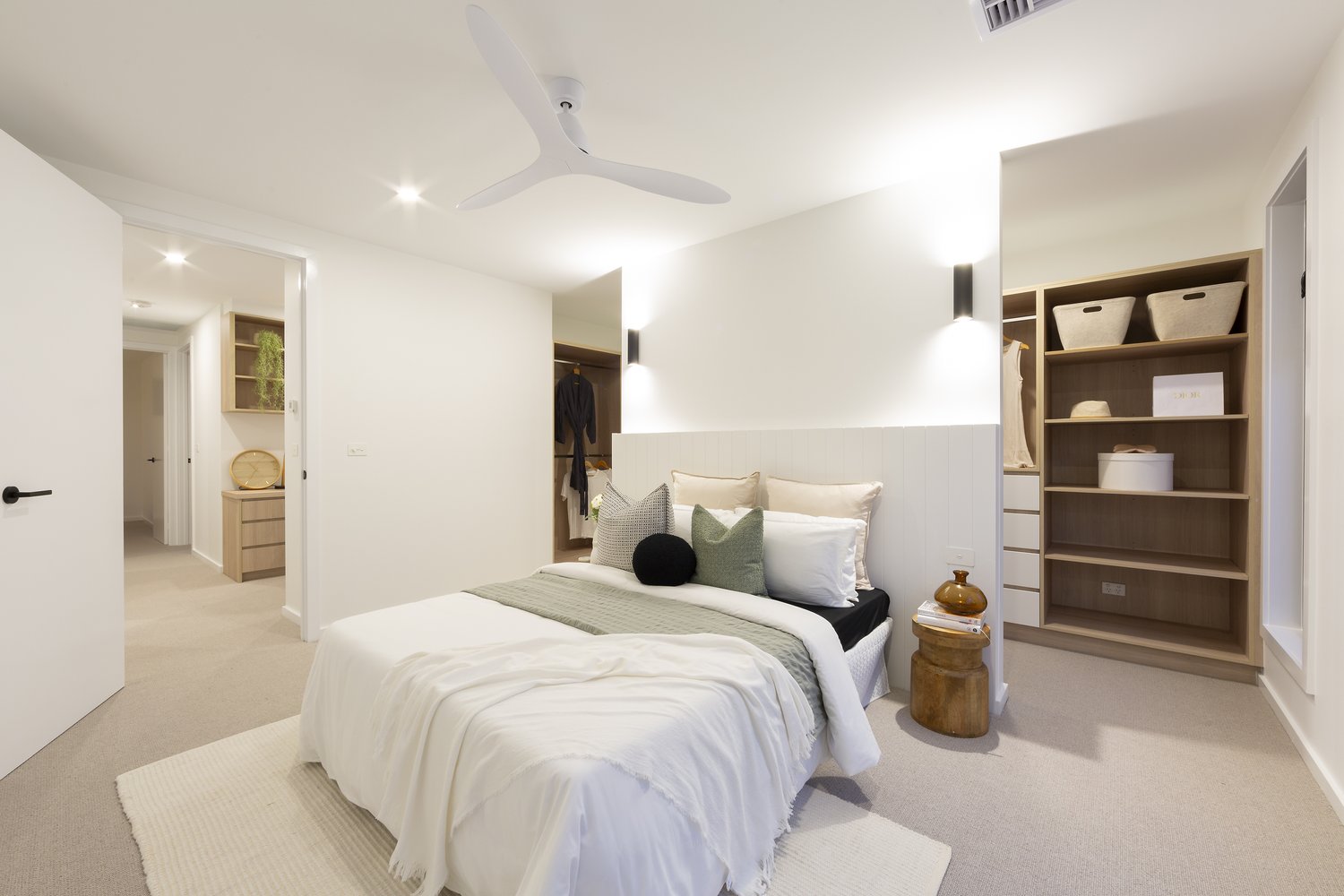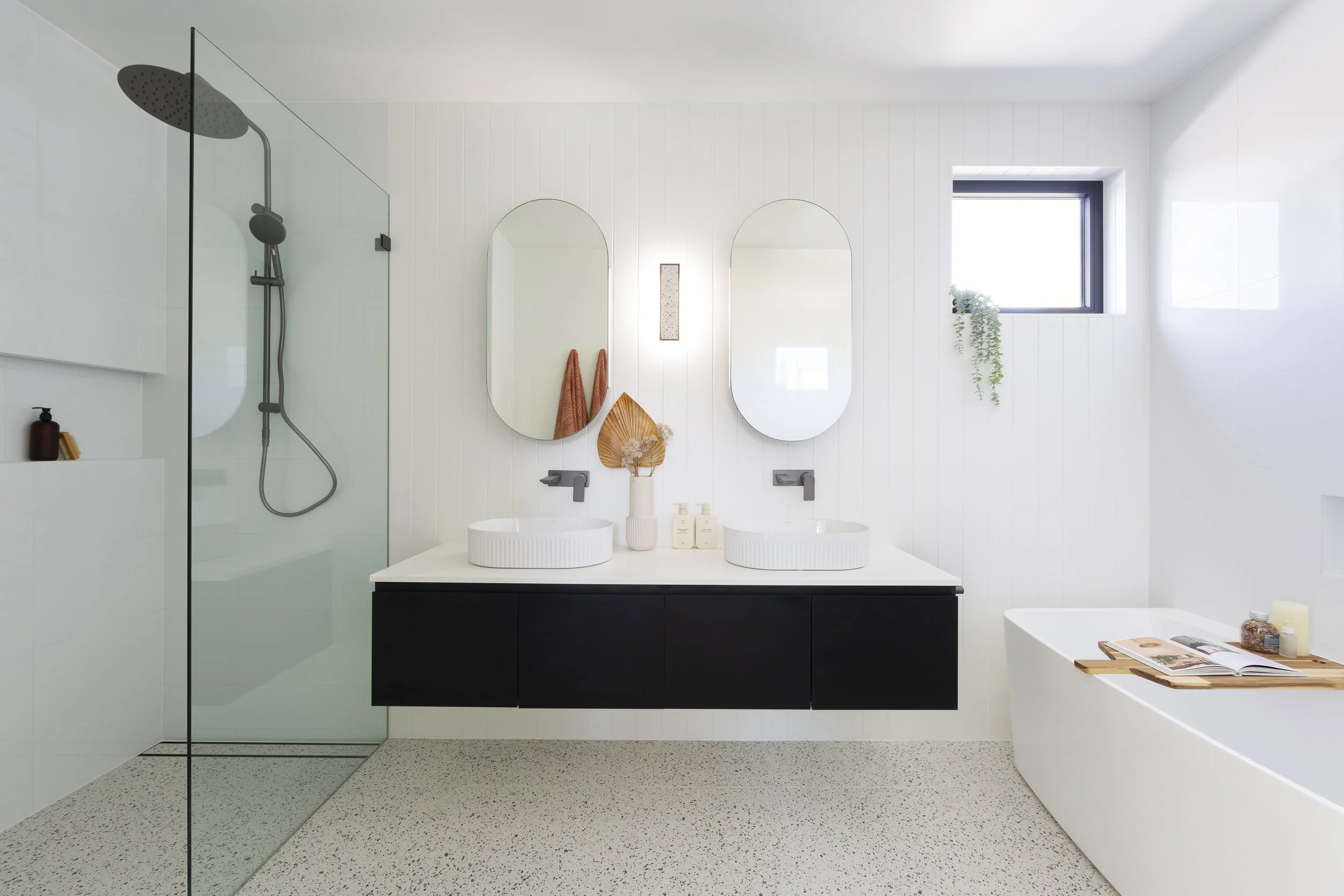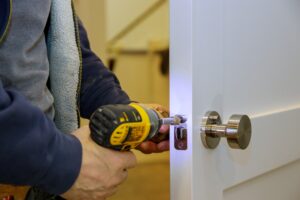Building a custom home is a dream for plenty—a hazard to create a space that’s perfectly tailored for your way of life, tastes, and wishes. However, one of the biggest hurdles is knowing the costs involved, which can vary extensively depending on numerous factors. Working with experienced custom home builders is key to navigating this economic landscape, as they can provide readability, manage fees, and ensure your vision aligns with your price range. In this weblog, we’ll break down the whole thing you want to know about the cost of building a custom home, from the fundamental price drivers to hidden costs and recommendations for keeping your project lower priced without sacrificing the best.
Why Costs Vary So Much
Unlike shopping for a pre-built home with a hard and fast charge tag, custom domestic costs are fluid, formed using your selections and circumstances. A small, easy layout in a rural area might cost far less than a sprawling, excessive build in an expensive city market. On average, building a custom home in 2025 can vary from $150 to $500 in line with square foot, or extra for luxurious initiatives, translating to $300,000 to over $1 million for a standard 2,000-square-foot domestic. But these are just ballpark figures. To get a real sense of your prices, you want to dig into the specifics of your assignment, region, and choices.
Major Cost Components
The charge of a custom domestic can be divided into several key categories, each with its own variables:
- Land: If you don’t already own a plot, that is your place to begin. Land fees rely heavily on location—rural lots would possibly move for $20,000, whilst prime urban or scenic sites can exceed $200000 or greater. Factor in website education too, like clearing timber or leveling choppy terrain, which can add $5,000-$50,000.
- Design and Planning: Hiring an architect or fashion designer to create your custom plans commonly prices 5-15% of the entire build, or $10,000-$50,000 for a mid-sized home. This includes permits and engineering costs, which vary depending on the municipality but frequently range from $1,000 to $10,000.
- Construction: The bulk of your price range is going right here—labor, materials, and builder charges. Basic construction would possibly start at $o100-$200 per square foot, even as high-end finishes can push it to $four hundred-$500 or beyond. Labor charges vary by way of location, and cloth prices vary with market conditions (e.g., lumber prices have spiked in recent years).
- Finishes and Features: This is where customization shines and fees can leap. Standard floors, furnishings, and appliances would possibly preserve you at the lower end, but choosing hardwood, granite countertops, or smart home tech can easily add $50,000-$100,000 or more.

Hidden Costs to Watch For
Beyond the obvious charges, there are sneaky charges that can catch you off guard if you’re not organized. Site-specific demanding situations—like rocky soil requiring greater foundation work or connecting to utilities a ways from your lot—can tack on $10,000-$30,000. Temporary dwelling prices for the duration of production (e.g., rent or storage) might cost $1,000-$3,000 per month for 6-one year. Landscaping, driveways, and outdoor capabilities like decks often get unnoticed; however, they can vary from $5,000 to $50,000, depending on the scope. And don’t neglect taxes. Assets taxes may increase together with your new domestic’s fee, and a few regions charge impact charges for brand-new builds.
Factors That Drive Up the Price
Your selections play a huge role in the very last tally. A complex design with more than one range, specific angles, or big home windows increases labor and material fees as compared to an easy rectangular format. High-give-up substances—think marble, custom cabinetry, or imported tiles—can double your price range versus widespread alternatives. Location matters too: building in a remote location may suggest better transport costs for substances, even as city websites frequently include stricter codes and higher labor charges. Even the timeline can affect costs, delaying an undertaking may require additional time pay, even as delays due to climate or delivery shortages can inflate prices.
Budgeting Wisely: Setting Realistic Expectations
To avoid decal shock, begin with a clear financial plan that displays your priorities. Decide what’s non-negotiable—perhaps an open kitchen or a master suite- and where you can compromise, like opting for laminate over hardwood. Most experts propose a contingency fund of 10-20% of your overall price range (e.g., $30,000-$60,000 on a $300,000 build) to cover surprises like charge hikes or design tweaks. Get exact costs from a couple of builders, breaking down prices by class, and review them with a great enamel comb. Transparency in advance helps you keep away from mid-mission economic stress.
Financing Your Custom Home
Paying for a custom build regularly calls for more than a fashionable mortgage. Construction loans are the move-to option, disbursing funds in levels as the home progresses. These loans commonly have higher interest quotes (around 4-7% in 2025) and require a 20-25% down payment, plus particular plans and a builder agreement for approval. Once the house is entire, you could roll it right into a conventional mortgage. Some homeowners use their savings, sell their cutting-edge home, or tap into equity to bridge gaps. Work with a lender early to understand your options and make certain your finances align with your financing.
How Custom Home Builders Impact Costs
Your builder is a main participant in managing prices. A professional group can supply substances effectively, negotiate with subcontractors, and avoid costly errors. Experienced developers also provide value engineering, suggesting cost-effective options that hold first-rate, like swapping a highly-priced characteristic for a similar but cheaper alternative. However, builder expenses vary—a few price a flat charge (e.g., 10-20% of the undertaking price), while others roll their profit into the overall quote. Ask for a clear breakdown of their pricing shape and ensure it fits your finances. A proper builder balances value manipulation with craftsmanship, turning your vision without breaking the financial institution.
Ways to Save Without Sacrificing Quality
Building a custom domestic doesn’t have to suggest overspending. Opt for a smaller footprint—every rectangular foot adds up, so a compact, well-designed layout can save tens of thousands. Stick to standard materials for non-focal regions (e.g., fundamental tile in a guest bath) and splurge handiest on high-effect areas, just like the kitchen. Phase your mission if the price range is tight—construct the core shape now and add a deck or garage later. Shop around for developers and providers, and keep in mind timing your build in the course of the off-season when labor and materials are probably cheaper. Small, clever choices can trim charges extensively at the stunning time as preserving your house stunning.
The Long-Term Value of a Custom Home
While the upfront value can seem daunting, a custom home is an investment with lasting benefits. Energy-green designs—like higher insulation or solar panels—lessen application bills over the years. A format tailored to your desired approach means much less spending on future renovations. And in a warm market, a well-built custom home can improve resale value, regularly recouping a lot of your investment. Think of it as purchasing an exceptional of existence—both now, in an area you like, and later, in economic returns. It’s a big spend, but one that pays dividends in comfort and equity.
Save on Your Custom Build with Freedom Built
When it comes to handling the cost of a custom home, especially a Knockdown Rebuild mission, partnering with the proper crew could make all the difference. Freedom Built, an Australian-based employer, offers know-how and value that helps keep your finances in check without compromising on first-class. At Freedom Built, you’ll discover a crew devoted to turning your vision right into a beautiful reality, whether or not you’re starting fresh or rebuilding for your present lot. Their obvious pricing, revolutionary design solutions, and strong provider relationships make sure you get the most out of each dollar spent. Visit their website to see how Freedom Built can deliver a cost-effective, custom-made product tailored to your needs.
Final Thoughts
Building a custom home is a complex, rewarding undertaking, and knowing the prices is step one to making it a reality. From land and hard work to finishes and financing, each decision shapes your backside line. By planning cautiously, choosing the proper builder, and expecting hidden fees, you could create your dream home without economic regret. It’s now not pretty much the money—it’s approximately crafting an area that reflects who you are and the way you live. So make an effort to crunch the numbers, weigh your alternatives, and build with self-belief. Your custom home is within your reach, and with the proper approach, it’s well worth every penny.













